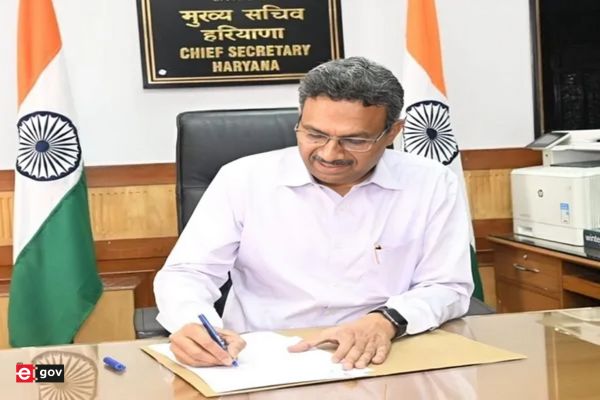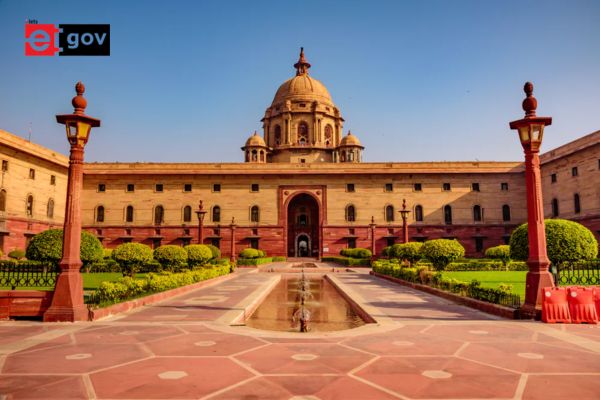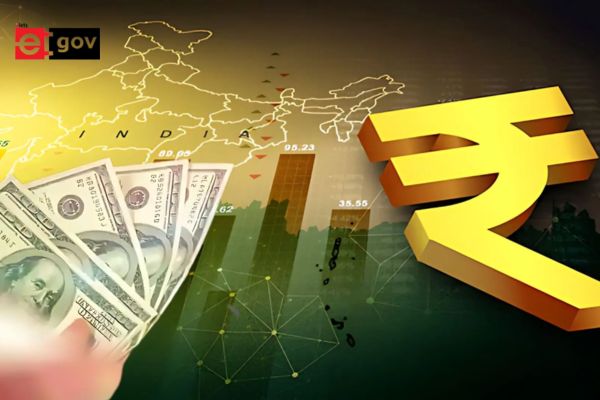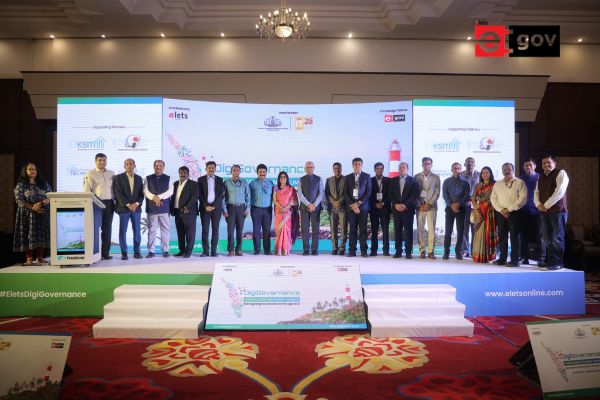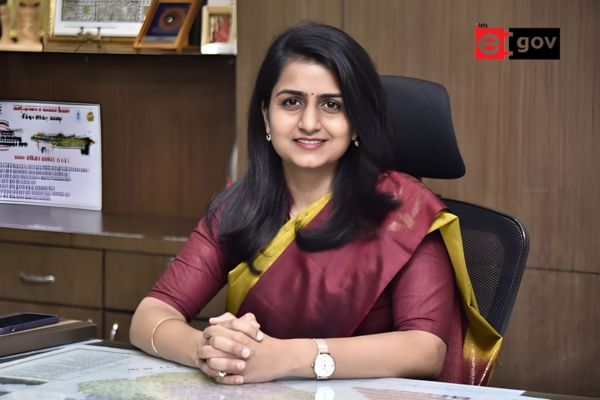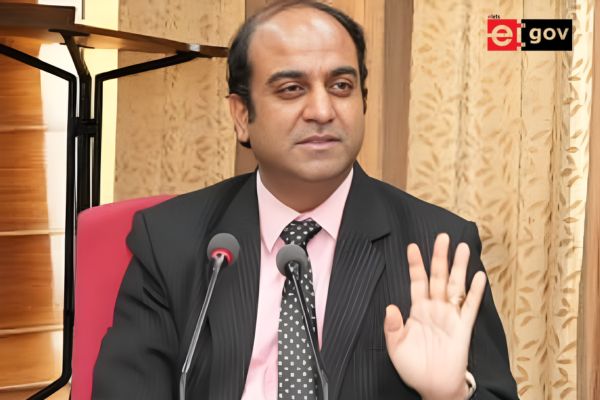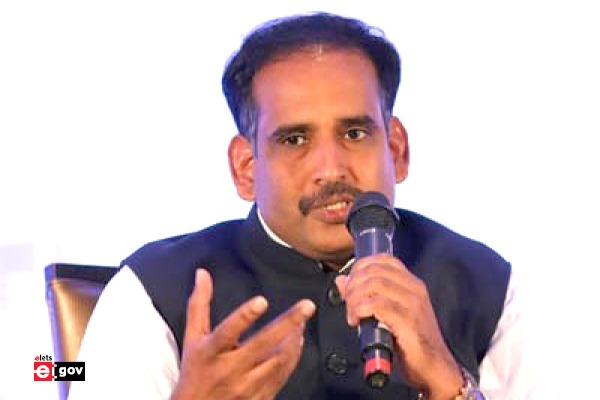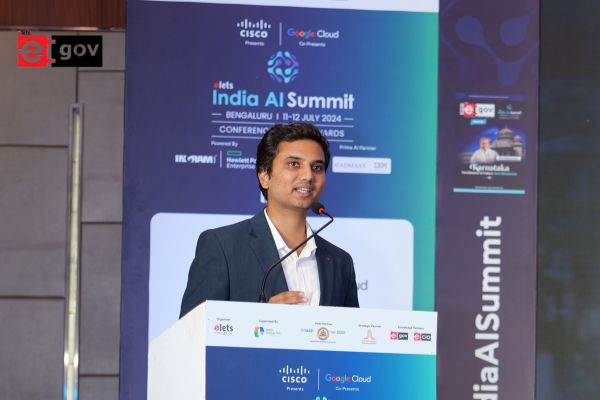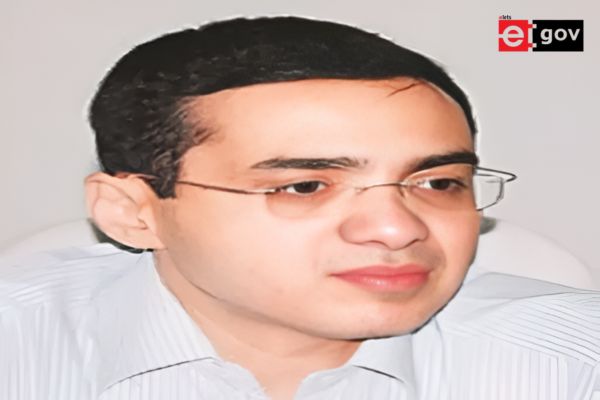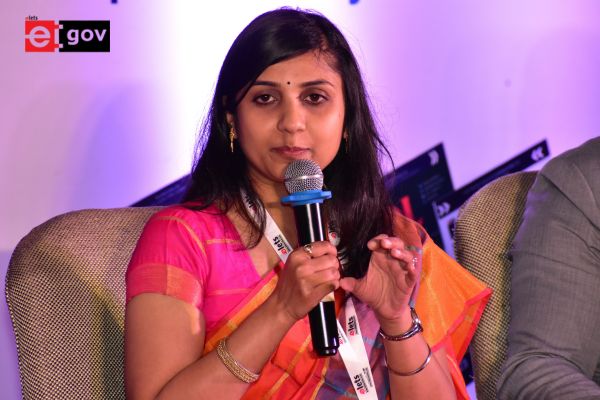|
The open source model and its three tenets of community, collaborations and shared ownership of intellectual resources can have tremendous benefits for countries, especially in the area of education and e-Governance. |
Despite India’s halo as a software services superpower, and trade analysts  screaming from the top about India’s dominance as an outsourcing destination – it is also a fact that Information Technology (IT) in India has so far touched only a fraction of our population. It is easy to see why? At the individual level, India’s per capita income is INR 26,430 ($600), while Personal Computers (PC) hardware costs INR 10,000 ($227) and proprietary operating systems & offi ce productivity applications costs approximately INR 11,000 ($250). This means that the cost of hardware and software is more than the annual income of most Indians! Is it a surprise that access to the latest technology is a privilege of a few? If India has to progress ahead on the path of modernisation, and if PC’s have to be made affordable, the cost of basic software has to come down. Our challenge is that most of the proprietary software we use are built in developed countries, whose purchasing power is far more than countries like India. Clearly, India needs a different approach because it is a different country, and needs a far more affordable model that suits our purchasing power.
screaming from the top about India’s dominance as an outsourcing destination – it is also a fact that Information Technology (IT) in India has so far touched only a fraction of our population. It is easy to see why? At the individual level, India’s per capita income is INR 26,430 ($600), while Personal Computers (PC) hardware costs INR 10,000 ($227) and proprietary operating systems & offi ce productivity applications costs approximately INR 11,000 ($250). This means that the cost of hardware and software is more than the annual income of most Indians! Is it a surprise that access to the latest technology is a privilege of a few? If India has to progress ahead on the path of modernisation, and if PC’s have to be made affordable, the cost of basic software has to come down. Our challenge is that most of the proprietary software we use are built in developed countries, whose purchasing power is far more than countries like India. Clearly, India needs a different approach because it is a different country, and needs a far more affordable model that suits our purchasing power.
Just like we embraced the latest technologies in telecom to leapfrog other countries simply because we are not saddled with legacy infrastructure, we can do the same with software too. Open Source Software (OSS) offers us this opportunity today, and can be used as a powerful tool to build the foundation upon which we can build an inclusive society that is critical for India’s future. The model of OSS is perfectly suited for India, as users have the choice of software programs, whose code they can freely modify, change, deploy and redistribute it. The ability to modify thesource code leads to greater innovation.

This is why Linux runs on a vast variety of hardware platforms – from the Mars Rover to giant supercomputers to tiny embedded computers. Open source gives power back to the users and enables them to modify the source code to suit their needs.
POWER TO THE PEOPLE

The open source model and its three tenets of community, collaborations and shared ownership of intellectual resources can have tremendous benefi ts for countries, especially in the area of education and e-Governance.In education, for instance, the Government of India has embarked upon an aggressive plan of spending approximately six percent of its GDP on modernising its education system. The IT Policy of the Government of India incorporates provisions to develop human resources for IT in the country, including literacy programmes and Internet access at school level. The cost of computerising an education system that consists of 12,30,200 educational institutions and 231 million children in the age group of 6-19 can only be imagined. If each of India’s 12,30,200 educational institutions were to be computerised using the bare essential proprietary operating systems and application software, the cost at current market rates would touch an astronomical sum of over INR 1000 crores. Even assuming that monopoly software vendors give their software free of cost for educational purposes, the benefi ts of this fl ow back to the vendor because students who grow up using this software will ultimately have to purchase the software at prices dictated by the vendor. As these students grow up and become part of the next 100 million IT users in India, the foreign exchange outfl ow involved will be huge if they are dependent on proprietary software. And we haven’t yet begun talking about the cost of educational software programs that need to run on top of the operating systems.
The Department of Information Technology (DIT), Government of India, has recognised the relevance of open source in its efforts to increase PC penetration and bridge the digital divide. DIT’s 11th fi ve year plan (2007- 2012) says that we must seriously pursue open source software and encourage localisation of open source software to make IT accessible to Indians.
WHY OPEN SOURCE MAKES PERFECT SENSE FOR INDIA?
India represents the aspirations of a billion people. And open source is the ideal vehicle for quickly bringing the benefi ts of mass computerisation at a reduced cost. Even when you view it from the point of localisation, open source
represents tremendous opportunities. For a nation that has close to 22 offi cial languages, Linux is an ideal platform for making technology accessible to the majority of the population of India that does not speak English.
Many localisation groups in India that are working on brining Indian language computing to the masses have embraced open source software and Linux as their de-facto standard. Since proprietary software vendors did not take the initiative to localise their operating systems and applications to Indian languages, localisation groups turned to open source software like Linux, OpenOffi ce.org and other programs. The Indian open source community has localised OSS programs to Hindi, Gujarati, Punjabi, Malayalam, Tamil, Bengali and many other languages. Localisation plays a huge role in adoption, as governments can use technology to communicate to citizens in their own language. Red Hat Enterprise Linux Desktop for instance, is available in 11 Indian languages including – Assamese, Bengali, Gujarati, Hindi, Kannada, Malayalam, Marathi, Oriya, Punjabi, Tamil and Telugu.
POWERING e-GOVERNANCE
In the area of e-Governance, the government spending on software development can be made more effi cient if it adopts the open source model that promotes the sharing of software code. Government departments across different states have the same requirements and instead of each government department developing separate programmes for the same task, they could share the same code base and make minor changes to suit the needs of each state.
One huge benefi t of such sharing is that state governments can cut down their risk by implementing software that has been tried and tested in other state governments. Since a signifi cant percentage of new software implementations end up as failures, such sharing eliminates a lot of the risk involved in IT implementations. The biggest benefi ciaries of such sharing are the newly formed states of India where the IT departments have limited manpower. Given the population and geographical spread of India, the open source model based on collaboration, community and shared ownership of intellectual resources can save the country thousands of crores of rupees and eliminate much wasted time and effort. In India, open source adoption has moved from hype to reality, and a huge number of state governments have evinced deep interest in using open source.
Red Hat, for instance, has executed more than 70 e-Gov projects across India. The e-Courts project launched by Honorable APJ Abdul Kalam, when he was President of India, selected Red Hat Enterprise Linux as the operating system for the 15,000 notebook computers delivered to judges across India. It is important to note that judges, due to the nature of their job, need high security for the information of the judgments they make. This is where Linux is far more secure than any other OS, as the collaborative nature of open source v development ensures better security. As the source code can be evaluated, vetted and fi xed by the open source community, the security of open source is constantly improving. In open source, security vulnerabilities are often discovered by the community itself whereas in the proprietary world vulnerabilities are often exposed by malicious hackers.
CONCLUSION
As a country, India faces enormous challenges of development, and we need to encourage such efforts that make the best use of taxpayers’ money. OSS offers such a model, and can enable India to be a knowledge superpower based on the foundation of affordability, innovation and sensitivity to local needs. The Internet was such a huge success as it was founded on open standards. Now, it is time for India to take such a step in Open Source, and reap the benefi ts of a nation whose time has surely come – be it cricket, space or technology!
Be a part of Elets Collaborative Initiatives. Join Us for Upcoming Events and explore business opportunities. Like us on Facebook , connect with us on LinkedIn and follow us on Twitter, Instagram.
"Exciting news! Elets technomedia is now on WhatsApp Channels Subscribe today by clicking the link and stay updated with the latest insights!" Click here!




